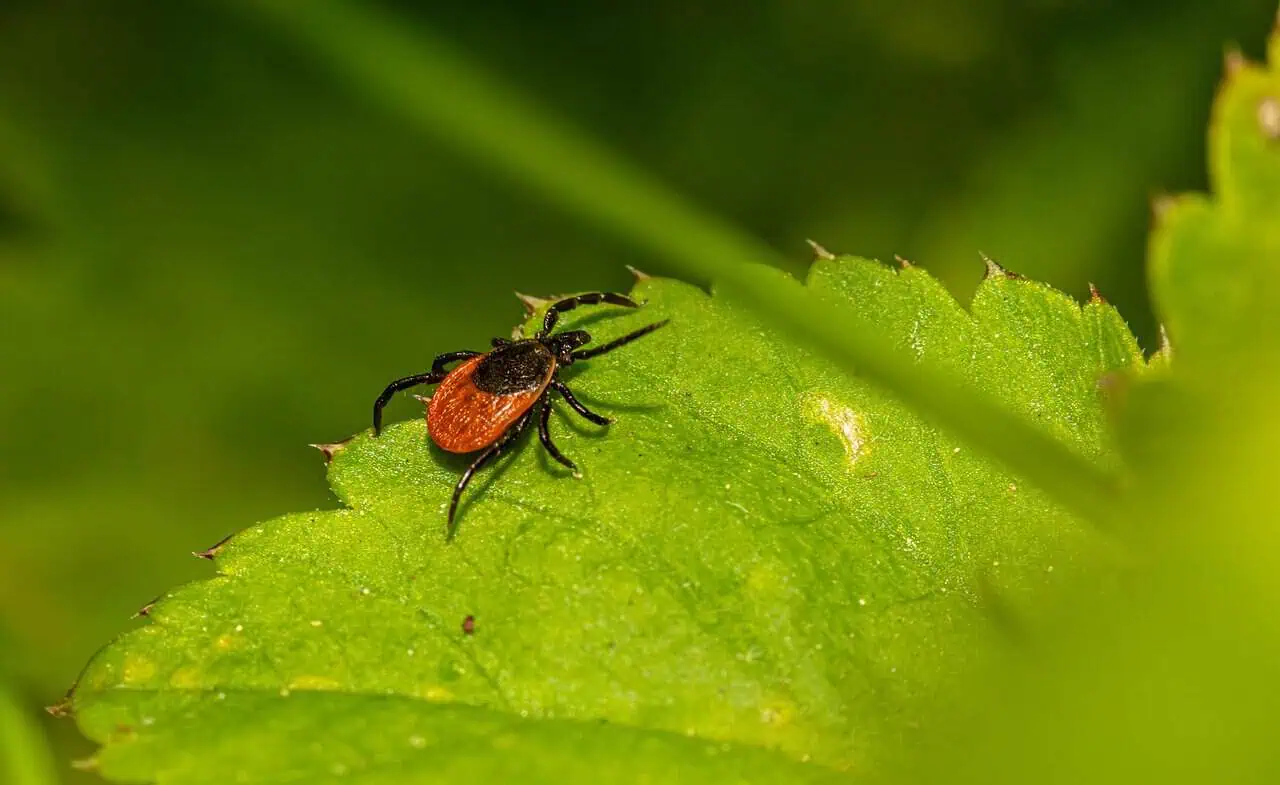The warmth of 2024 and especially the comparatively warm winter months in Europe will lead to an increase in the risk of ticks in 2025. This was announced by the German Robert Koch Institute. In 2024, Germany recorded the second-highest number of tick-borne infections to date with 686 cases. As a result of climate change, not only can ticks reproduce much better, the tick season also starts much earlier than in previous years, for example in March. The animals can survive well from around seven degrees.
Exotic ticks
This also means that the risk of ticks on golf courses increases. The RKI currently records around 20 tick species in Germany. What is alarming, however, is that species that were previously more at home in tropical areas are on the rise. Hyalomma tick is the name of the animal that could be a health concern for golfers in the future. We are talking about a giant tropical tick with yellow ringed legs, which is now also appearing in Germany due to climate change. Hyalomma are considered dangerous because they transmit so-called rickettsia bacteria, which can cause tick-borne typhus. The tropical tick is also a carrier of the dangerous Crimean-Congo fever, against which there is no vaccination.
The internationally recognised environmental medicine specialist Claudia Traidl-Hoffmann, who holds the Chair of Environmental Medicine at the University of Augsburg and the Helmholtz Centre in Munich, deals with phenomena such as the appearance of the Hyalomma tick. In her book ‘Overheated’, she and co-author Katja Trippel look at the consequences of climate change for health.
Mild winters and more food for the parasites
When it comes to the Hyalomma tick, she comes to the conclusion that it is likely ‘that the tick, which originally comes from hot and dry regions of Africa and Asia, can now survive the mild German winters and continue to develop here.’ She refers to a tick study by parasitologist Ute Mackenstedt, who, together with researchers from the Robert Koch Institute in Berlin and the University of Veterinary Medicine in Hanover, has been receiving giant ticks in the three-digit range from citizens since 2018. Fortunately, none of them carried the Crimean-Congo virus, but one in two carried rickettsiae.
Subscribe to our newsletter!
News & trends about sustainability in golf
Protection against ticks
To protect against ticks, not only is vaccination recommended, but also vigilance after a round of golf. Long, light-coloured trousers and longer socks are just as useful as insect repellent, although this only lasts for a few hours. You should also generally check your body for ticks.







